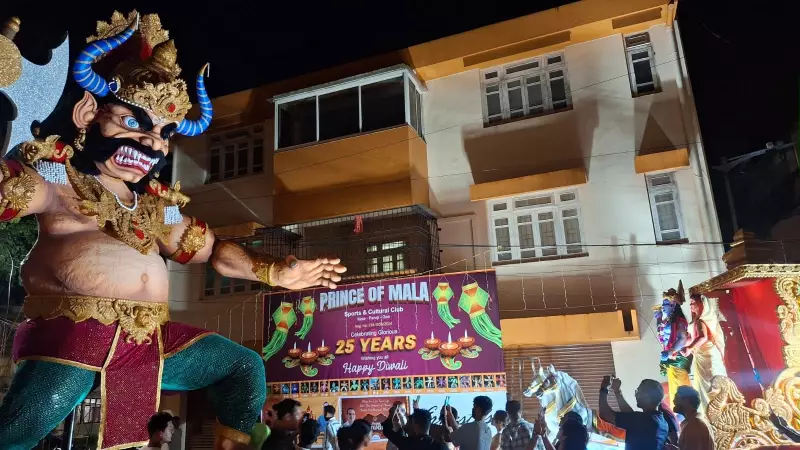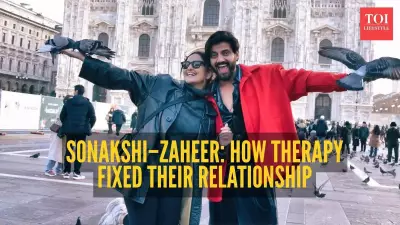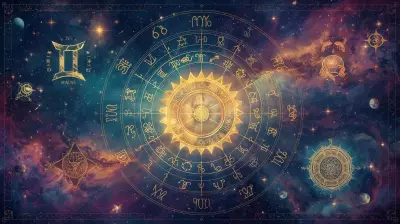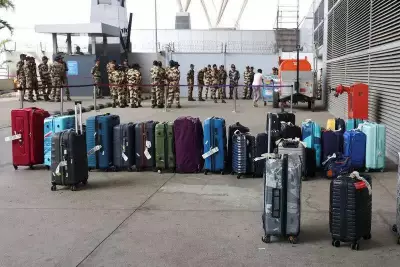
Goa's distinctive Diwali celebration, once a quiet local tradition, has exploded into a spectacular carnival that merges ancient mythology with cutting-edge technology. The coastal state's unique practice of creating and burning effigies of demon king Narakasura has undergone a dramatic transformation, drawing massive crowds and incorporating elements that would have been unimaginable just a decade ago.
The Evolution of a Tradition
What began as simple, community-driven effigy-making has now become a high-tech competition among local clubs and groups. Traditional bamboo and paper structures have given way to hydraulic-powered creations that move, dance, and even breathe fire. These technological marvels stand as tall as multi-story buildings, commanding attention across Goan villages.
Festival or Carnival?
The atmosphere surrounding Narakasura effigy competitions has shifted dramatically. DJs now blast electronic music as thousands gather to witness the spectacle. Drone light shows paint the night sky, adding a futuristic dimension to the ancient ritual. Food stalls, merchandise vendors, and entertainment zones have turned the religious observance into a full-scale carnival experience.
Cultural Significance Meets Modern Spectacle
At its core, the tradition commemorates Lord Krishna's victory over the demon king Narakasura. According to legend, the demon's last wish was that his death should be celebrated with lights and festivities, giving rise to this unique Goan interpretation of Diwali. While the spiritual significance remains, the execution has entered the 21st century.
Local organizers now invest significant resources, with some effigies costing lakhs of rupees to create. The competition has become so intense that groups begin planning their designs months in advance, often incorporating political and social commentary into their creations.
Preserving Heritage Amid Change
Despite the modernization, community elders and cultural preservationists work to maintain the tradition's spiritual essence. The final act—the burning of the effigies at dawn on Narak Chaturdashi—still carries deep religious meaning for Goan Hindus, even as it attracts tourists and photographers from across India and beyond.
This fascinating blend of ancient tradition and modern technology showcases how Indian festivals continue to evolve while maintaining their cultural roots, creating new memories for younger generations while honoring centuries-old practices.





